
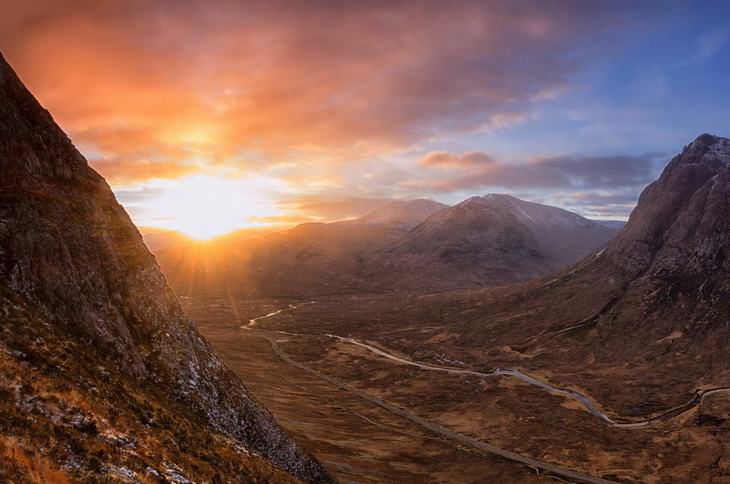
Glen Coe is the name on everyone’s mind when they try to recall grand highland valley. Some of the images taken here are among the greatest in photographic history. If this one doesn’t inspire you to take a life-changing trip to the Highlands, then I don’t know what will!
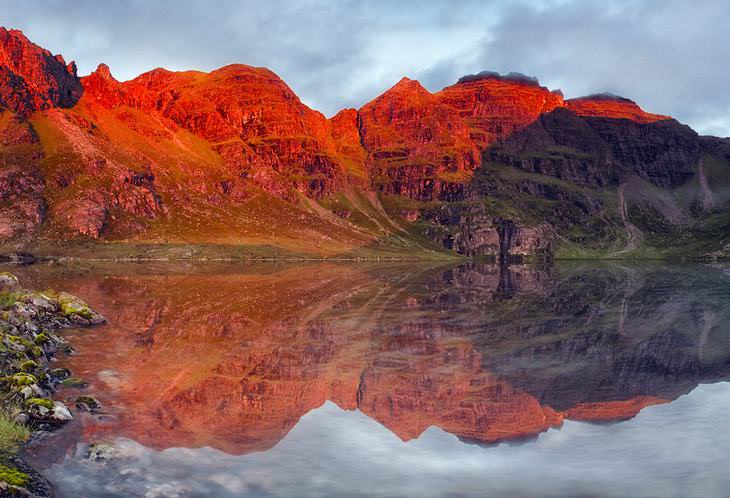
In Gaelic, this stunning mountain is known as ‘the hearthstone of the forge’, and looking at this burning red glowing sandstone you can see why it has inspired the brilliantly poetic highlanders to conjure up such a homely, yet magnificent name.
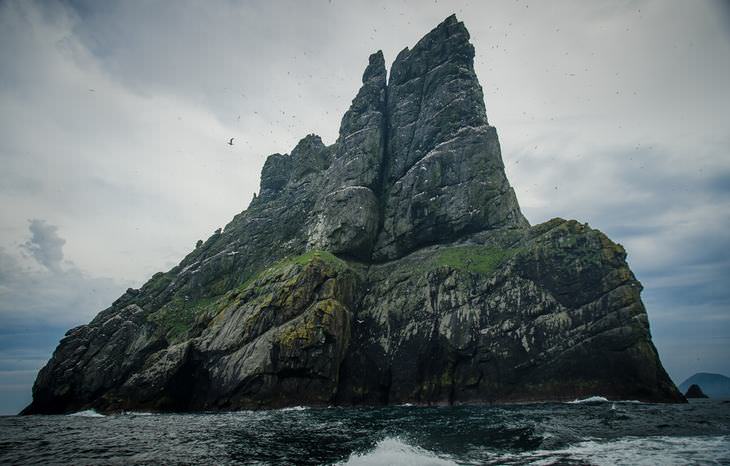
St. Kilda, an isolated rocky archipelago, is the most remote part of Britain and the British Isles. It’s in fact uninhabited these days, but you can visit and gaze in wonder at the curious beehive like fortifications and dwellings that remain from the island’s earlier civilizations.

Sometimes the beauty of Scotland makes me doubt my perceptive faculties. Are my eyes really seeing this 100-foot gorge? The mesmerizing whirlpools and eddies combine with the sunlight to echo such wonderful watery light around the rocks.
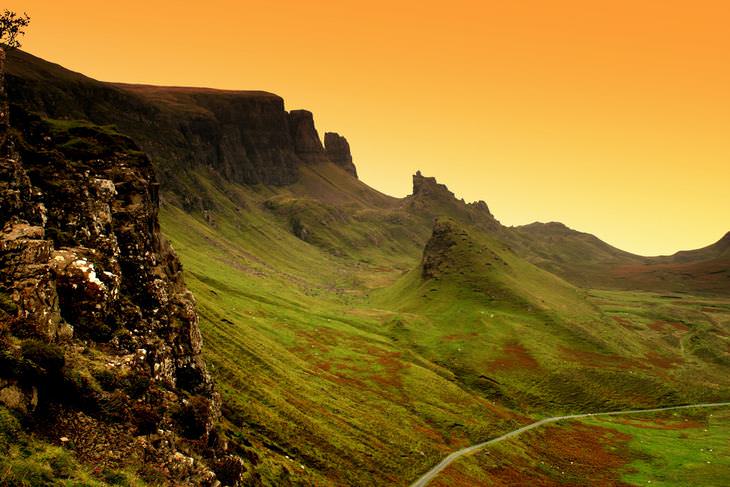
These stunning crag faces really evoke the old highland clan days, when tribe would clash against tribe with unrelenting but honor-bound sword-to-sword combat for local supremacy. It was in this very location that the famous sword battle from the feature film Highlander was shot.
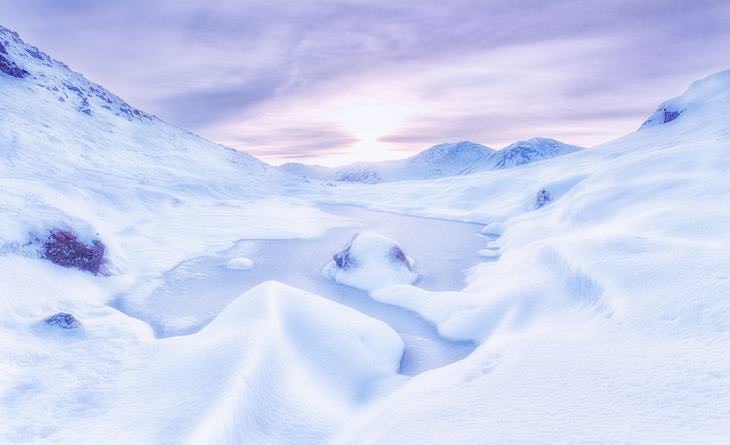
This ‘narrow point’ reaches up to 1100 meters, and is frequently caked in fairytale snow. This location, as befits so much of glorious Scotland, manages to convey isolation and remoteness without transmitting any sense of loneliness.
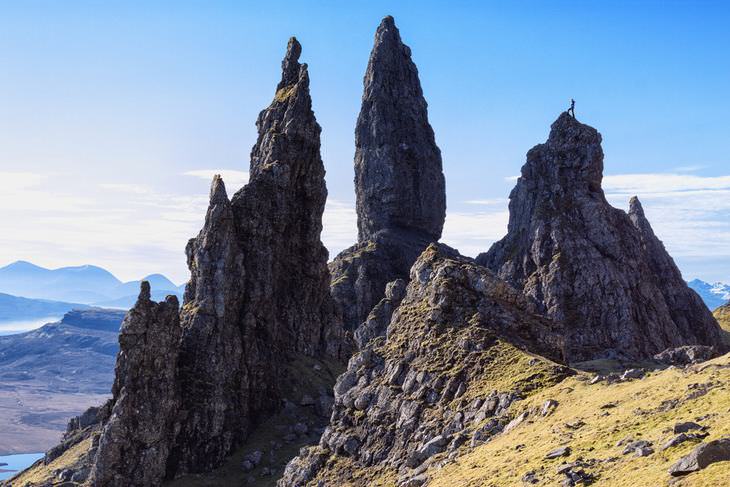
These wonderfully shaped pinnacles of rock include the renowned Old Man of Storr. They are remains of ancient gyrolite landslips and were recently immortalized in the 2012 blockbuster Prometheus.
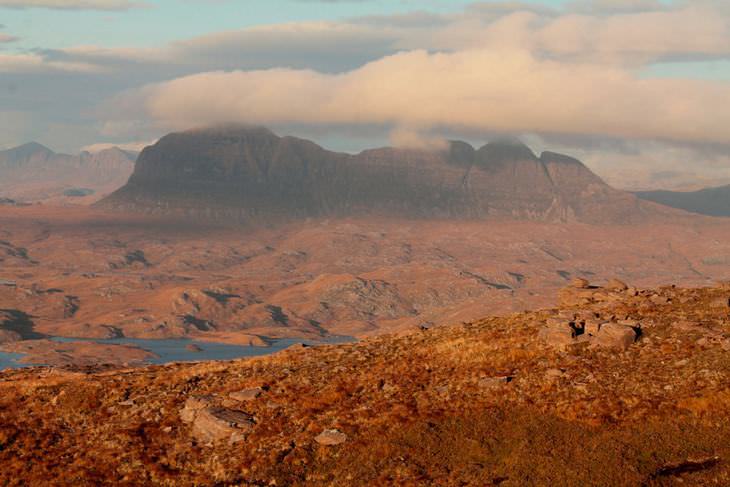
The two neighboring sandstone mountains Stac Pollaidh and Suilven stand like colossuses in a deserted but somehow romantic part of Northern Scotland. From Stac Pollaidh we can see Suilven dominating this harsh but blessed place.
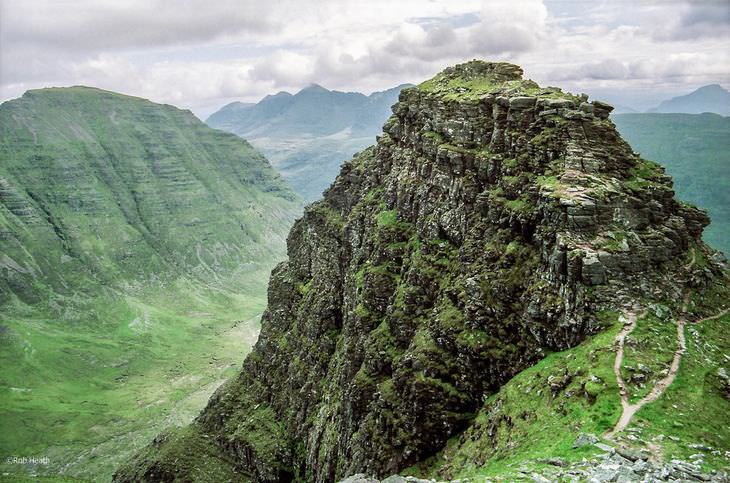
Beinn Alligin is Gaelic for ‘jeweled hill’ due to the curious, bumpy features that surround the sedimentary rocks of Wester Ross. It’s such a beautiful place, and I can’t help feel like nature is improved upon when I consider its superb name and look at it again.
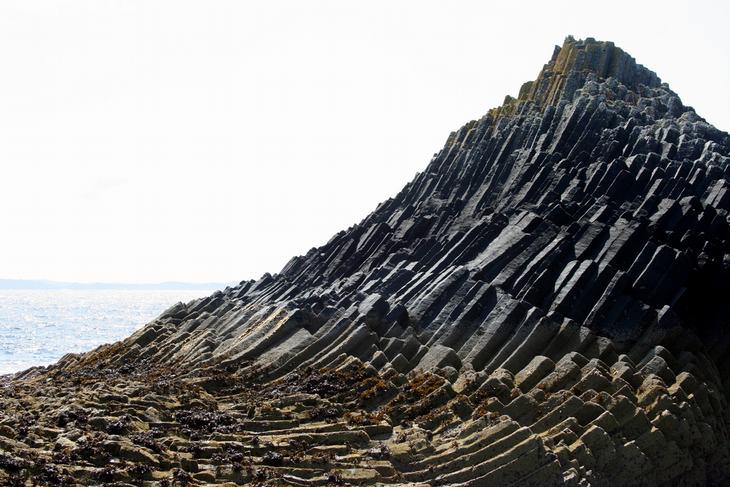
The Isle of Staff seems to me a stunning example of how natural accidents can make the things appear designed. Who knows whether these basalt rock formations and columns are results of an artistic creator or not, but either way their creation from the action of waves smashing against a former volcanic rock is simply breathtaking.
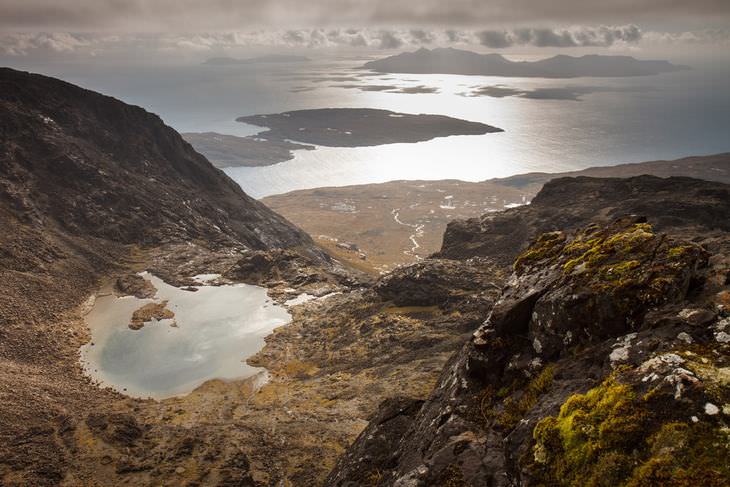
This is the simply incredible view you will experience if you are able to make it up Sgùrr Thearlaich, a mountain covered in loose, rocky scree. Up here is a hidden treat – a volcanic mountain loch surrounded on all sides by gigantic rocky peaks.
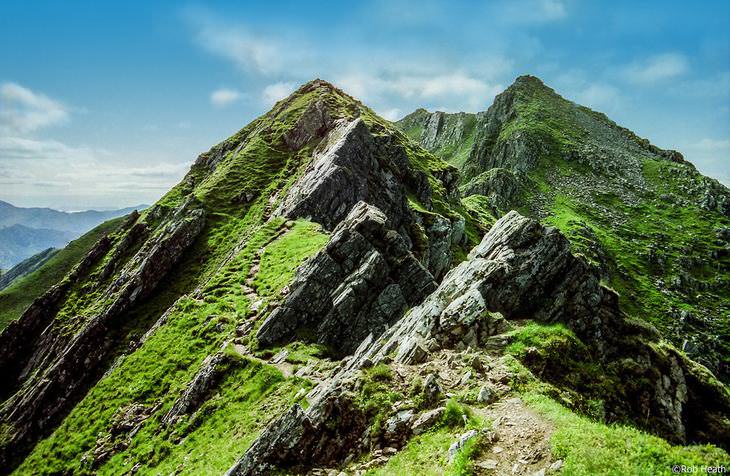
This quite sumptuously green mountain is considered to be the hardest, or among the most challenging, munros in the whole of bonnie Scotland. Anyone who attempts and succeeds to traverse this rock masterpiece deserves appreciation and applause.
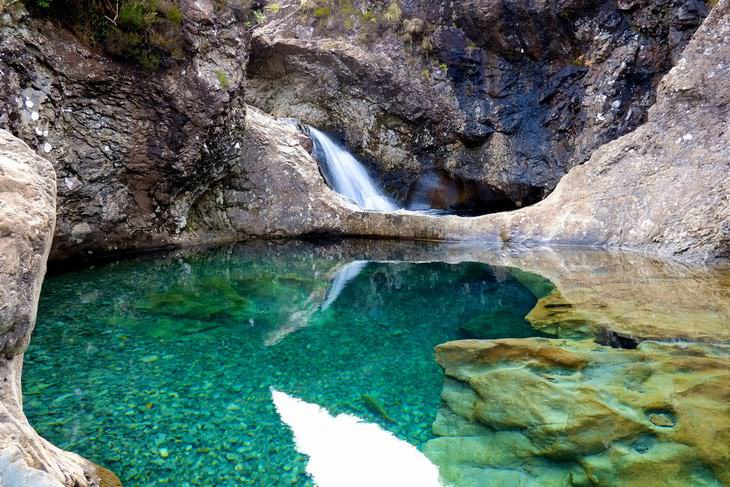
Just take a greedy look at these wonderfully clean, blue-green waters – idly but aptly named the Fairy Pools. Flowing down from the Black Cuillin mountains, these waters are as Icy cold as anything else you will experience in Scotland. So if you fancy dipping your toes in here you might want to prepare yourself something warm for afterwards – like a nice Scotch!
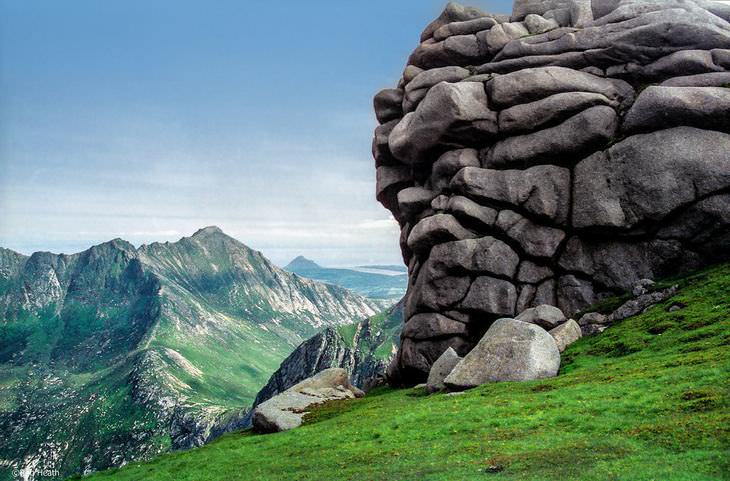
Its Gaelic name is Gaoda Bheinn, which many have claimed can be translated as ‘Mountain of the Wind’. Its brick-like formations suggest that the winds and rains of Scotland have indeed been tearing through the mountain with a persistent but ancient force. These natural forces combine to produce one of the sights of Scotland.
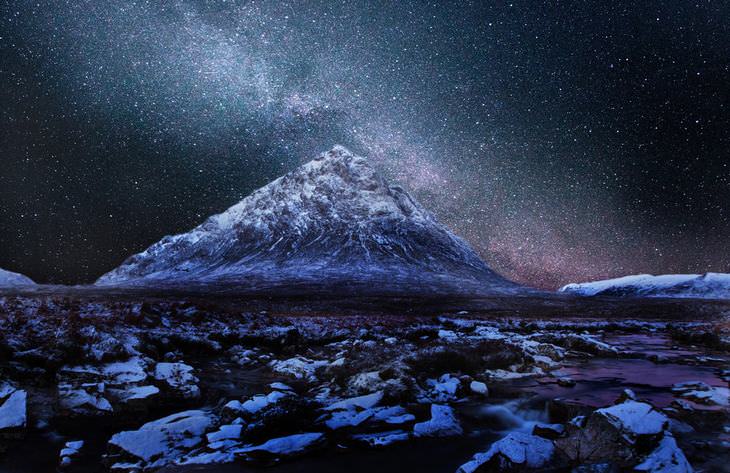
This wonderfully angled peak gives the impression that pyramids were naturally constructed by Scottish weather and geological conditions before Egypt even existed. The images that one can witness here on a starry night, do more than take one’s breath away – they transport you as if into another world entirely.